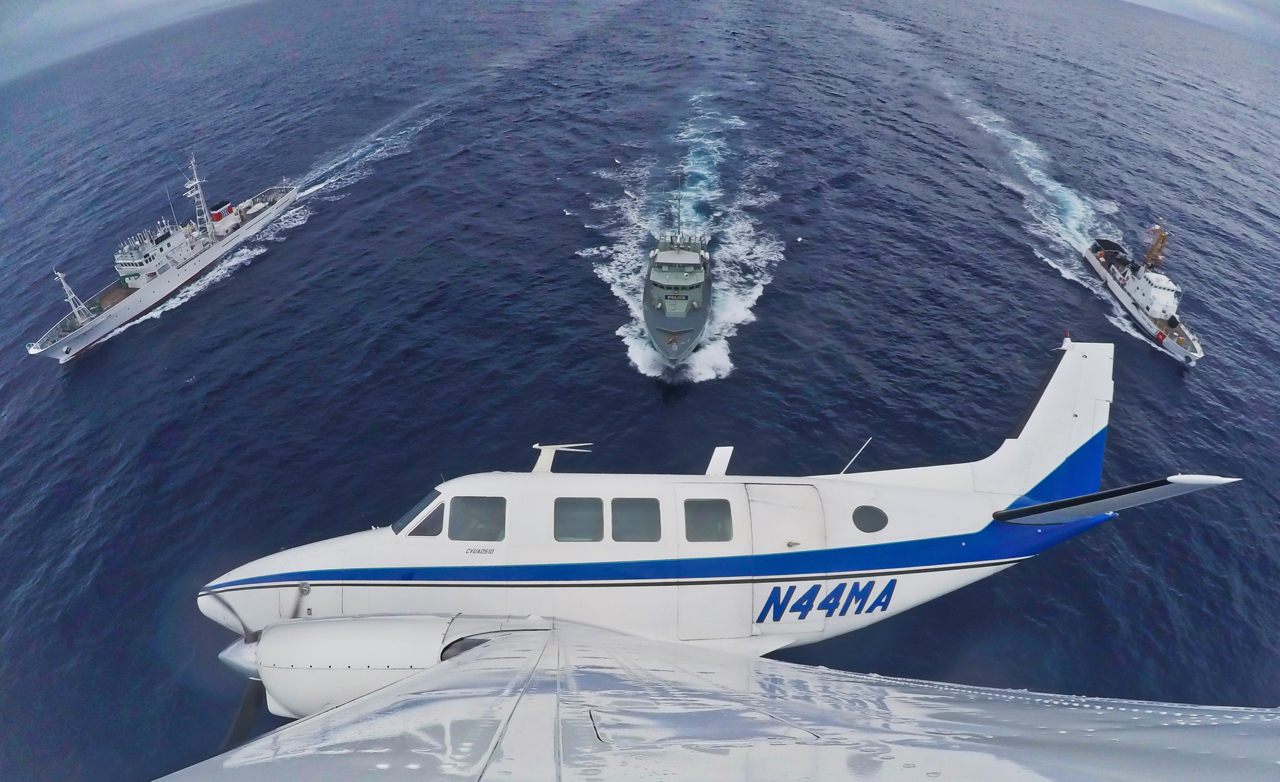A long term partnership with Scientists
Since the 1950’s, scientists are studying the uniqueness of the French Southern Lands (TAF) acting as an open-sky lab for researchers on natural sciences. The first scientific stations built then now constitute the districts capitals that welcome more than 200 scientists every year from 60 research programs. The Institut Polaire Paul-Emile Victor (IPEV) coordinates those activities and ensures the excellence of scientific research in the TAF.
Since 1955, the local authority of the French Southern and Antarctic Lands (TAAF) administrates this territory, placing science and environmental protection as a key stone of French sovereignty on the TAF.
Aware of the vulnerability of these ecosystems, the scientific community advocated for the creation of the TAF nature reserve and advised its extension at sea in 2016. The nature reserve management, ensured by TAAF, is supported by a scientific committee, the Polar environment Committee (CEP), which provides advice for research and management actions.
With the enlarged perimeter of the reserve, the link with scientists is more essential than ever. The new management plan includes research activities to inform an adapted and efficient management of the rich and vulnerable ecosystems of TAF.
The historical partnership with the Institut Paul-Emile Victor (IPEV), coordinating scientific programs in TAF, ensures the excellence of research activities. The strong involvement of scientific partners enabled the creation of the Nature reserve and its extension at sea thanks to an ecoregionalization work. Their role in governance and in the elaboration of the management plan now ensures the robustness of management actions.
Scientific organizations being involved in TAF for more than 60 years, the adhesion of the whole scientific community is mandatory for the implementation of a nature reserve and its regulation. Involving scientists in the governance and management of the reserve ensures the ownership of conservation actions by those major stakeholders.
While the mutual benefits of conservation and science activities are acknowledged by both scientists and the local authority of the French Southern and Antarctic Lands (TAAF), a clear statement of each organization’s responsibility, with for example the establishment of conventions, is essential to avoid any conflicts.
Research being one of the main activities in the French Southern Lands, the environmental impacts of scientific programs are to be properly assessed and validated by the scientific committee.
